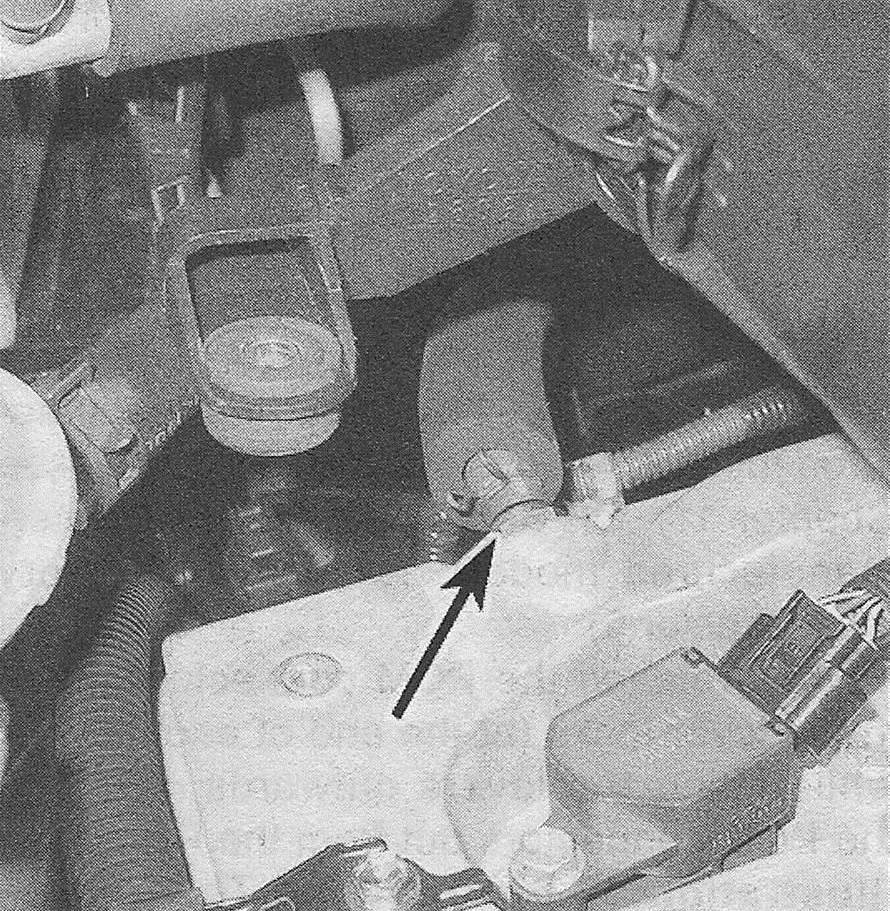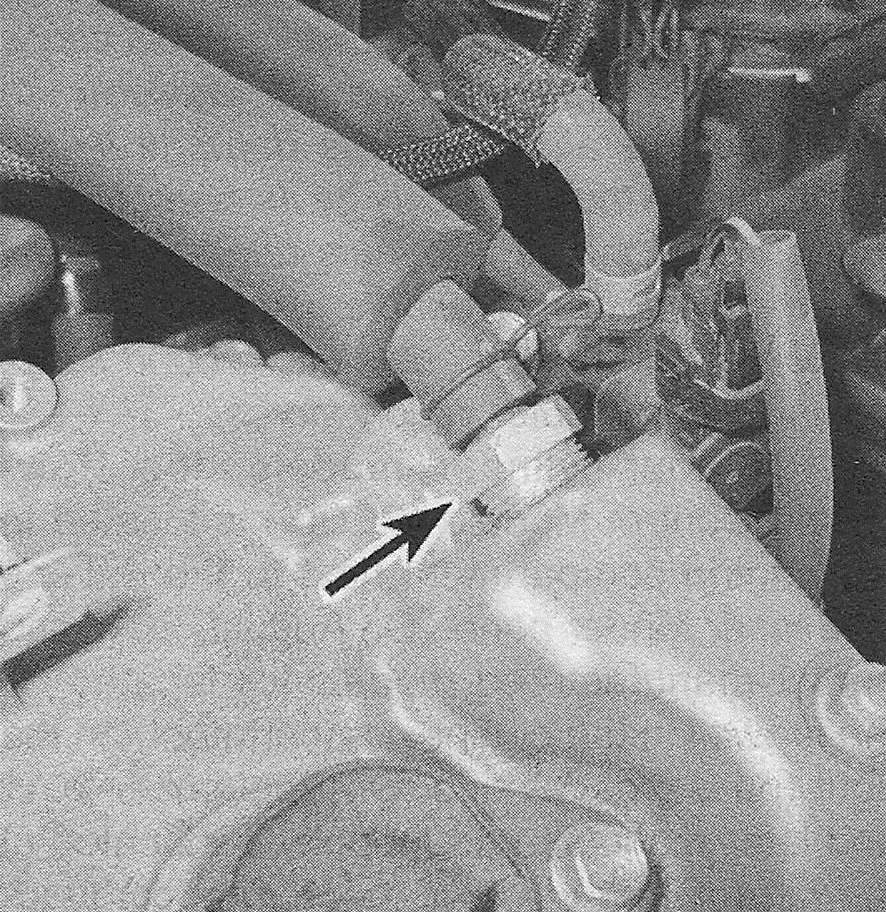Positive Crankcase Ventilation (PCV) system
1. The Positive Crankcase Ventilation (PCV) system reduces hydrocarbon emissions by scavenging crankcase vapors. It does this by circulating fresh air from the air cleaner through the crankcase, where it mixes with blow-by gases and is then rerouted through a PCV valve to the intake manifold (see illustrations).
18.1a PCV valve location — 2009 and earlier four-cylinder models (on 2010 and later four-cylinder models, it’s located underneath the intake manifold)

18.1b PCV valve location — V6 models

2. The main components of the PCV system are the PCV valve, a blow-by filter and the vacuum hoses connecting these two components with the engine.
3. To maintain idle quality, the PCV valve restricts the flow when the intake manifold vacuum is high. If abnormal operating conditions (such as piston ring problems) arise, the system is designed to allow excessive amounts of blow-by gases to flow back through the crankcase vent tube into the air cleaner to be consumed by normal combustion.
4. Checking and replacement of the PCV valve is covered in Chapter Tune-up and routine maintenance.